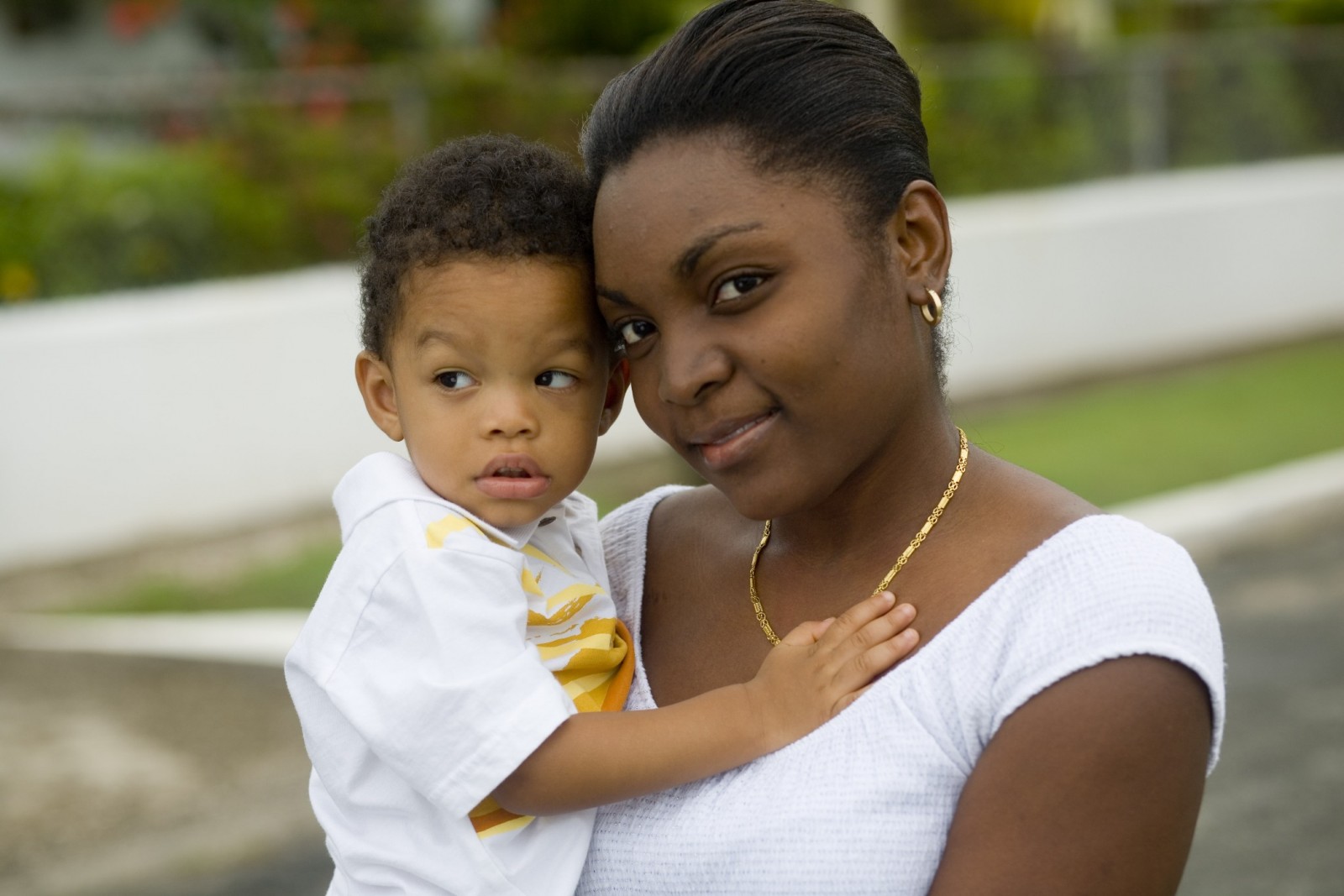But you’re you – and you might be sporting a sizeable paunch, strapped with a bladder that can’t hold onto its urine and riding on feet so swollen you’ve gone up a shoe size. And it’s been six months since your little angel was born.
“The majority of us do not have a situation where we can have juice … [and] paleo meals delivered to our homes on a daily basis,” says Noell Yanik, a 32-year-old personal trainer in Fort Mill, South Carolina, who has a 3-year-old son and is expecting a baby in January.
Rather, most new moms are adjusting to bodies not celebrated by tabloids. Here’s what you need to know if you’re one of them:
1. Your legs, feet and ankles will continue to swell.
Many women assume that once the baby comes out, the swelling in their lower extremities will go down. Not so, says Dr. Shannon Clark, associate professor in the Division of Maternal-Fetal Medicine at the University of Texas Medical Branch at Galveston. “Once the uterus is empty, that blood has to go somewhere,” she says. Most likely, it will pool in the tissues of your legs, ankles and feet for a couple weeks after the birth – and the swelling will be even more pronounced if you’ve already had a few kids.
2. You will likely be sore down there.
Some new moms don’t realize where they tore until they go to the bathroom, wipe and “feel stitches they weren’t expecting,” Clark says. But tears in the perineum (the area between the vagina and the anus) are common, caused either by childbirth itself or a provider cutting the perineum to make room for baby – a procedure called an episiotomy. In fact, Clark says about 65 percent of women who delivery vaginally will need stitches to repair lacerations, which can also occur in the vaginal canal, on the side of the urethra and in the labia. “It’s very important for a woman to ask her doctor, ‘Where did I tear?'” she says.
It’s also important for women to abstain from using tampons and douches and sex while the area heals – usually four to six weeks for a routine episiotomy and up to eight weeks for a more severe tear, like one that goes up the rectal sphincter. While the pain can get worse in the first day or two after birth as medications are wearing off, it should lessen after that. If it’s only hurting more, “you’ve got to let somebody know,” Clark says.
3. Your stretch marks are probably here to stay.
During pregnancy, many women develop stretch marks on their bellies, behinds, breasts and thighs, according to the American Congress of Obstetricians and Gynecologists. And while they may fade after childbirth, they may never go away. That can be tough for women to accept, points out Yanik, who says stretch marks grace her hips, thighs and lower belly. “At first, you feel so mutilated and like it’s so unfair that you have to wear these scars for the rest of your life,” she says. But if you allow yourself time to be angry or frustrated, you can eventually come to terms with the marks as symbols of what your body can do. “It’s a much less superficial way of viewing our bodies, and it feels pretty powerful,” Yanik says.
4. Stock up on maxi pads.
Yanik’s new mom clients often come to her embarrassed. They ask, “Why am I peeing my pants?” when they try to jump rope or even run up the stairs, she says. The answer? The pressure on your pelvic muscles while carrying a baby and giving birth weakens them, making your bladder temporarily tough to control. While a vaginal delivery can make incontinence more probable, women who’ve had C-sections can experience it, too, Clark says.
Fortunately, incontinence usually resolves within a few weeks after birth, Clark says. She suggests practicing exercises like Kegels that strengthen your pelvic muscles both during and after pregnancy to help reduce bladder issues after the baby is born.
5. … and more maxi pads.
You might also want maxi pads for what they’re intended for: blood. “Most women anticipate bleeding, but it can be pretty heavy after delivery and some women are surprised by that,” Clark says. Sometimes, lochia – or the post-birth discharge that contains blood, mucus and uterine tissue – lasts up to six weeks after delivery, but it tends to lighten up over time. If you’ve had a cesarean delivery, you’ll have less bleeding to worry about, Clark says, since doctors clean out the uterine cavity after the surgery.
6. Breast-feeding can be painful for the whole body.
As your body prepares to feed your baby, “breast engorgement and pain is going to happen,” Clark says, although it’s usually a more immediate problem for moms who don’t breast-feed. If you have a fever, an area of your breast that’s harder than the others, or your breast is red and warm, “don’t ignore it,” she says. Those are signs of mastitis and breast abscess, both painful infections that can be treated with antibiotics. “You’ve got to pay attention to your breast,” Clark says.
It’s not just your breasts that can hurt while breast-feeding, but also your shrinking uterus, which contracts during breast-feeding thanks to the release of oxytocin. The pain is usually worst in the first few days, then can feel like a bad period that tends to resolve in six to eight weeks, Clark says. That’s why most clinicians send new moms home with ibuprofen.
Read the full report at US News Health







